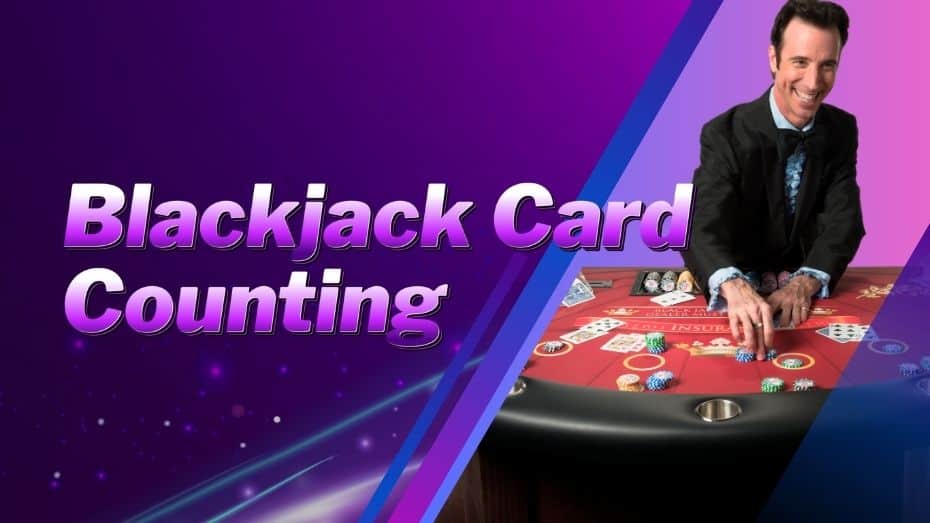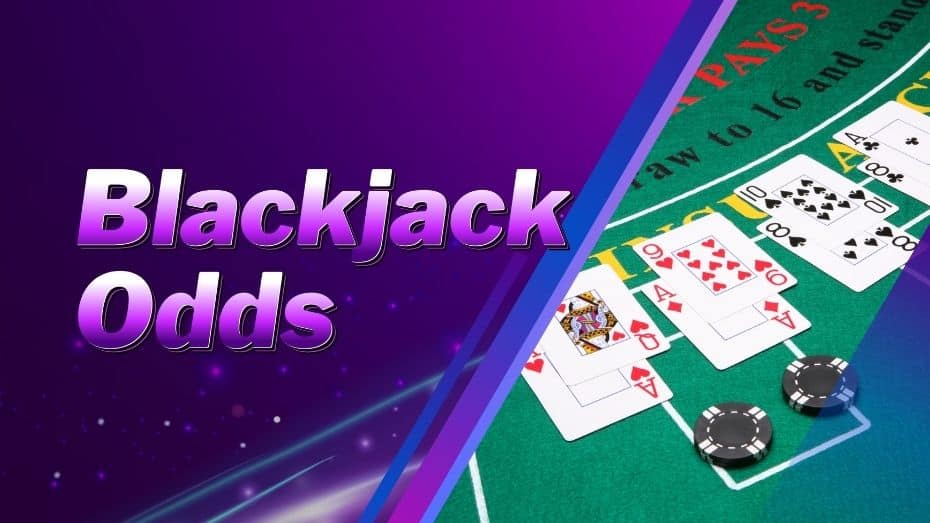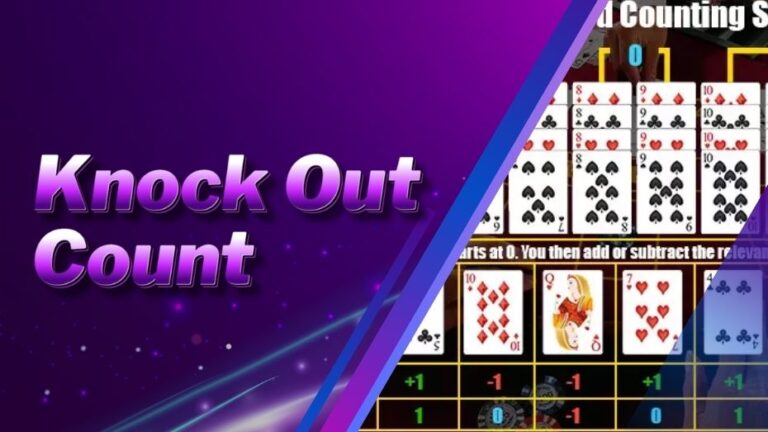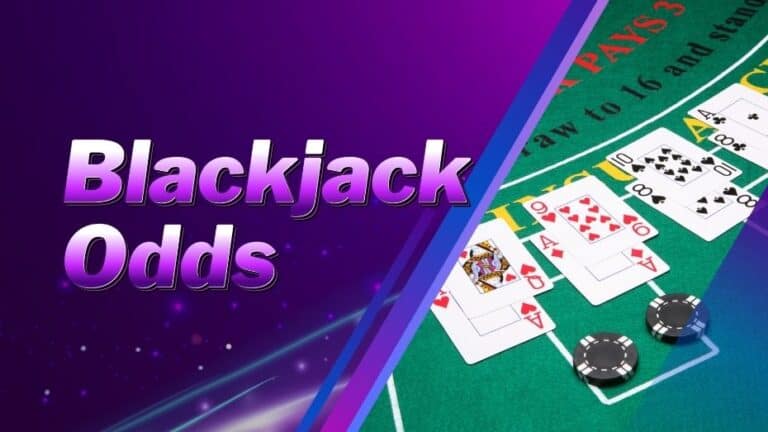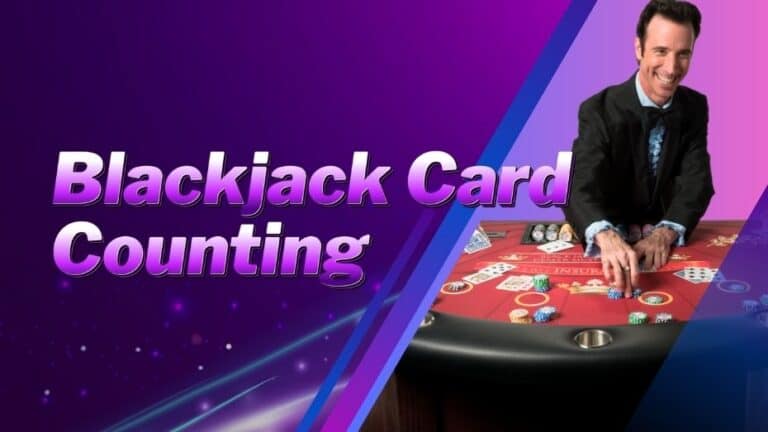Red Seven Count | First Unbalanced Card Counting System

Red Seven is another simple blackjack card counting system that requires a minimum of practice to master while having higher efficiency levels than more complex counting systems. This system was devised by the blackjack expert Arnold Snyder as the first unbalanced point count system in 1983. During its creation, many professionals and experts believed that it was impossible to create a new card counting system that’s whittled down to the bare basics with no mastery of mathematics required.
How Does Red Seven Counting Work?
Red Seven works by only having a running count to keep in mind of and learning to adjust bets according to said count. The count itself is based on the number of decks at play and players will need to adjust depending on how many decks there are at a table. The count is as follows:
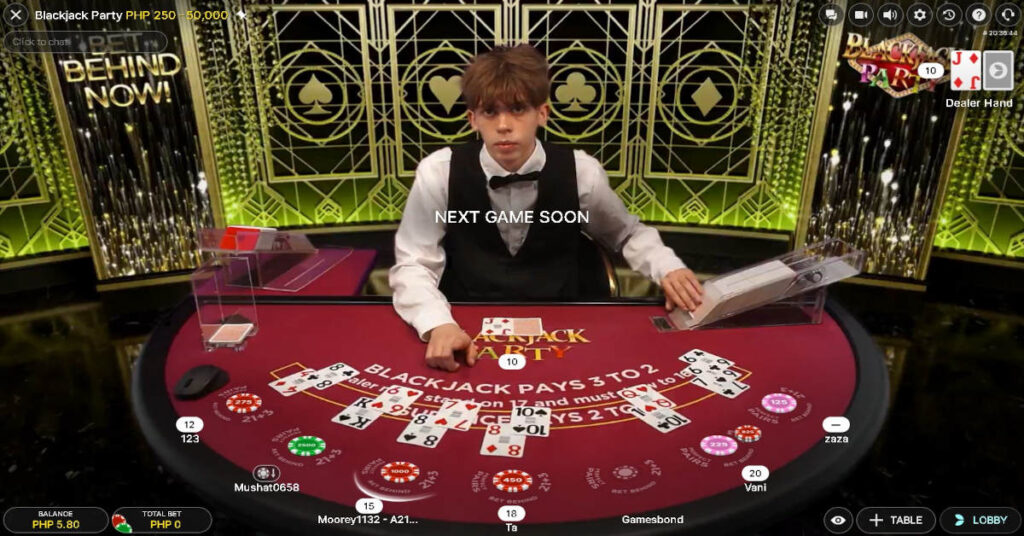
As long as players keep the starting count and running count in mind, there’s no need to worry about any true counts and count conversions. Because most Lodibet blackjack tables use eight decks, players will usually start counting at –16 after the shoe is replaced. The other thing they need to keep in mind is the assigned card values which are the following:
| Card Value | Card Types | Assigned Value |
| High Cards | 10, Jack, Queen, King, Ace | -1 |
| Neutral Cards | Black 7, 8, 9 | 0 |
| Low Cards | 2, 3, 4, 5, 6, Red 7 | 1 |
As seen above, Red sevens are valued differently from Black sevens and this imbalance is what makes this system work as an easy running count system.
Because the starting count is always a negative, the pivot point is usually when the count crossed into the positive threshold. Once the count is positive, players must bet high. If the count is negative, players must stake the minimum.
Practicing Red Seven also allows players to deviate from Basic Strategy to be able to make different decisions depending on how the count is. An example is Standing on 15 against dealer’s 10 when players normally should hit since the likelihood of player busting is high as more low cards were already played once the count is high. Players can also stand on 12 against dealer’s 3 when the count is high mainly for the same reasons.
Is the Red Seven Card Counting System Good?
Yes. Red Seven is a good system to use for beginners and high rollers to reliably take advantage of. This eliminates the need to calculate the true count while still being able to accurately keep track of which cards are still at play. Players who are tired of Hi-Lo’s count conversions can shift to this system and try out their first imbalanced system to play around with.
Is Red Seven the Ultimate Card Counting System?

Maybe. While the returns are higher than Hi-Lo’s while being simpler than more complex counting systems, other gamblers might have varied mileages and this system might even get players caught by the house for counting. One potential red flag is the deviations that are dependent on the current count. Playing differently in addition to betting differently may help in getting players caught as it becomes easier to track a user ID that purposefully varies their bet and playstyle if they can keep track of Red Seven’s counting system.
Red Seven is great for beginners and certain high rollers but other players might find even simpler systems or more interesting ones that add some challenge.
Conclusion
Red Seven is a good beginner-friendly counting system that all kinds of players can take advantage of to win. This can even help players practice their deviations until they have a better deviation plan to use for other counting systems.
Try out this card counting system at Lodibet today. You can test this out in one of the Infinite games or start practicing with multiple hands in the table through standard Blackjack tables.
